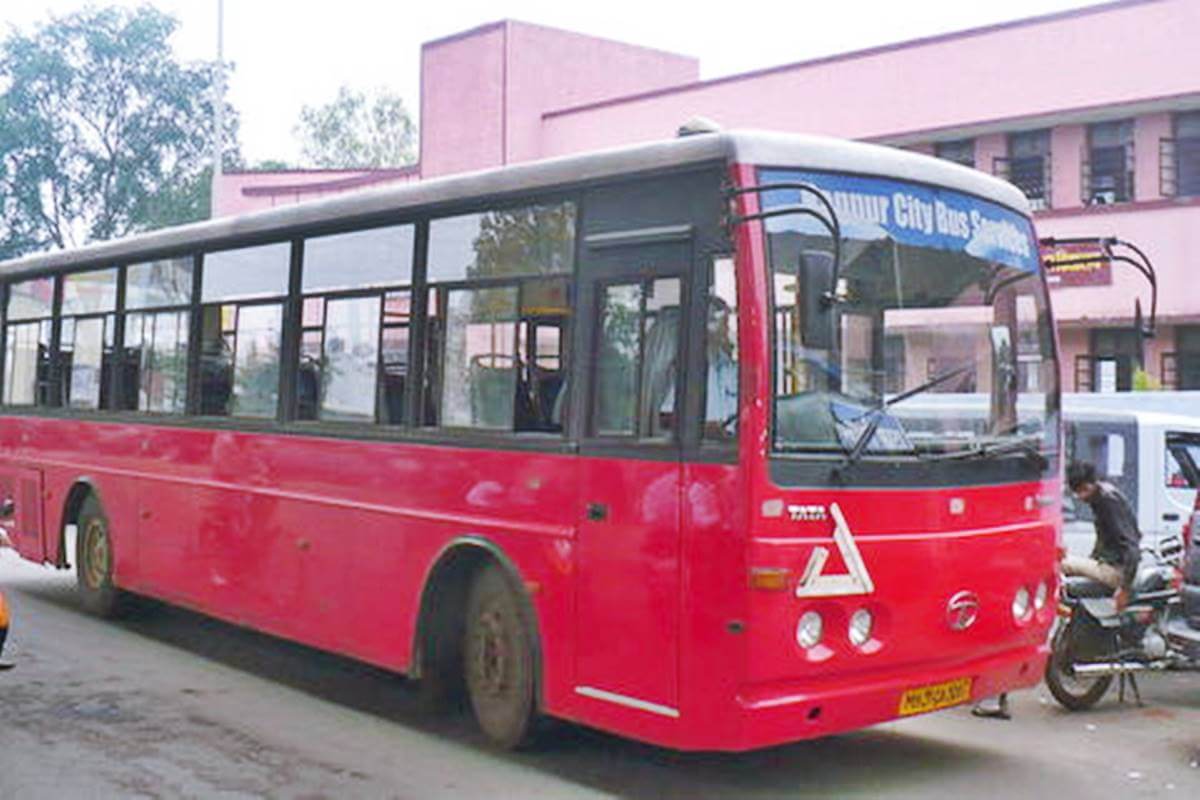A New Era in Nagpur’s Public Transport
In a bold move, the Nagpur Municipal Corporation (NMC) has opted to shake up the city’s public transportation system by parting ways with Delhi Integrated Multi-Modal Transit System (DIMTS) Ltd. Recent reports reveal that NMC has entrusted Mumbai-based Chalo Mobility Private Limited (CMPL) with the reins of Nagpur’s Aapli Bus service, heralding a significant shift in management.
CMPL’s Ascension: A New Dawn for Nagpur
With the baton officially passing to CMPL on May 1st, the NMC has committed a substantial Rs 215 crore over five years to the new operator, surpassing the previous contract with DIMTS. Notably, CMPL’s compensation is tied to performance metrics, emphasizing the importance of efficiency and effectiveness in service delivery.
Restructuring Responsibilities
Under this new arrangement, CMPL will undertake a comprehensive role, overseeing bus operators and their depots, and directly providing conductors. This consolidation streamlines operations, eliminating the need for separate ticketing agencies, a departure from the previous model managed by DIMTS.
Learning from Past Missteps
Reflecting on past management, it’s evident that there were shortcomings in optimizing the city’s bus service. Despite fleet expansions, revenue stagnated, and passenger numbers dwindled. Oversights in route planning, revenue monitoring, and technology utilization underscored the need for a fresh approach.
Path to Improvement
With performance-linked incentives, CMPL faces the challenge of revitalizing Nagpur’s bus service. Key initiatives include enhancing reliability, implementing real-time passenger updates, introducing automated fare systems, and leveraging technology for improved service delivery.
The transition to CMPL signifies a pivotal moment for Nagpur’s public transit. With a renewed focus on efficiency and innovation, the city anticipates a revitalized bus service that meets the needs of its residents and visitors alike.
- How will CMPL improve bus service reliability?
- CMPL plans to implement real-time tracking systems and improve maintenance schedules to ensure timely and reliable service.
- What benefits will passengers experience with the automated fare system?
- Passengers can expect quicker boarding, reduced waiting times, and simplified payment processes with the smart card-based fare system.
- Will there be any changes to existing bus routes?
- While there may be adjustments for optimization, CMPL aims to minimize disruptions to existing routes to ensure continuity for passengers.
- How will CMPL address concerns about revenue pilferage?
- CMPL will implement stringent monitoring measures and employ technology to track revenue collection, reducing instances of pilferage.
- What role will technology play in CMPL’s management of the bus service?
- Technology will be leveraged for various aspects, including passenger information systems, fare collection, and operational optimization.
